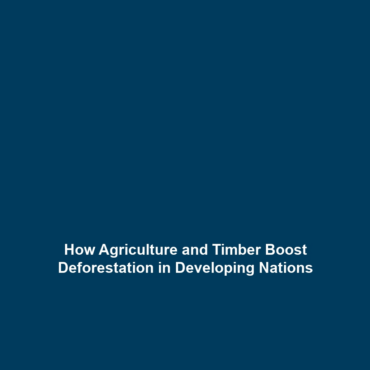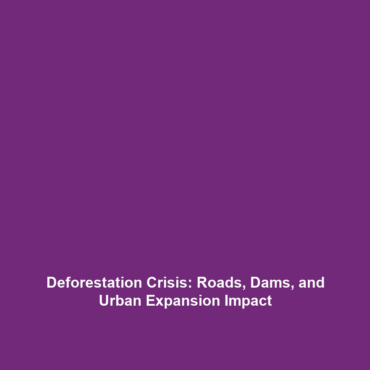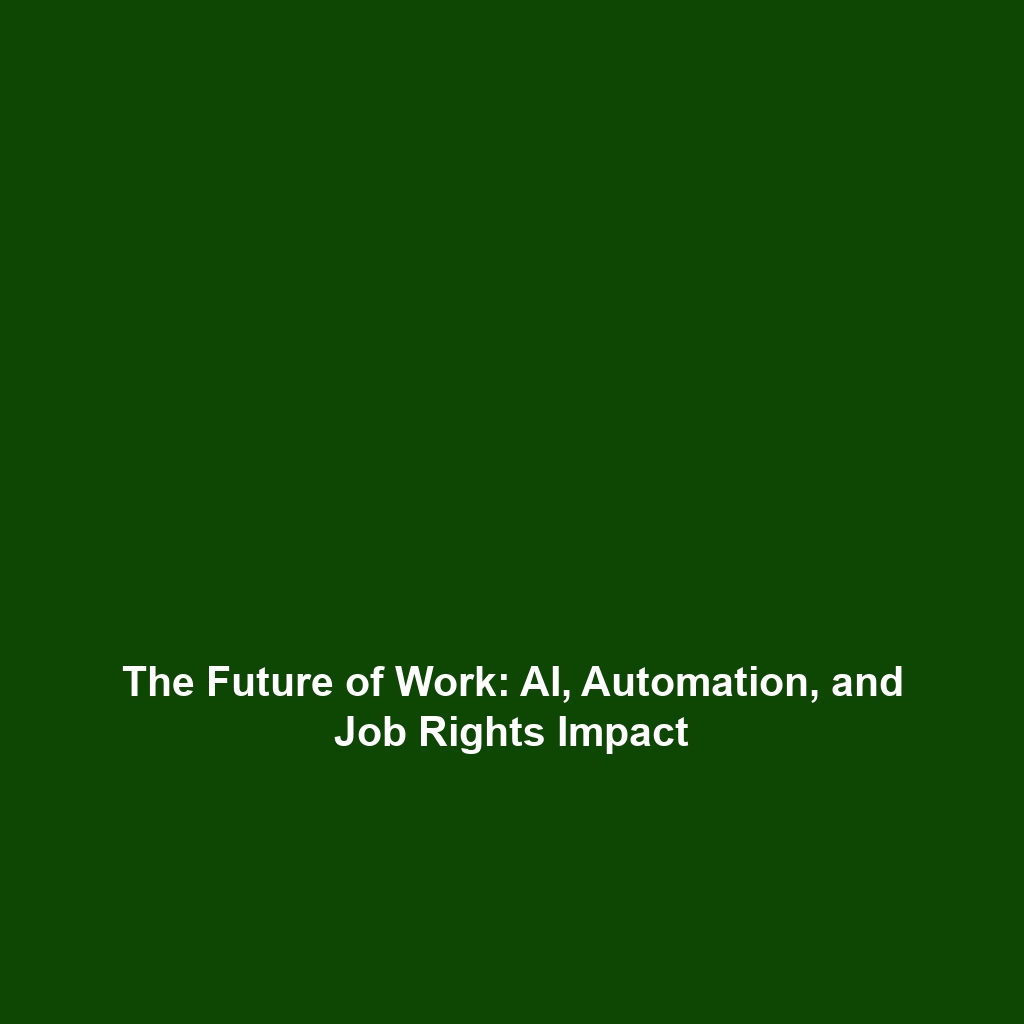Energy Security in the Context of Fusion Energy
Energy security is an essential component of national energy policies, ensuring a reliable supply of energy for economic stability and growth. Within the broader context of fusion energy, energy security takes on heightened significance as researchers and policymakers look for sustainable solutions to meet the world’s increasing energy demands. This article explores how fusion energy contributes to energy security, highlighting key concepts, applications, challenges, and future innovations.
Key Concepts of Energy Security
Understanding energy security involves several key concepts that help frame its importance in the realm of fusion energy:
- Supply Reliability: Ensures that energy sources are dependable and accessible, minimizing disruptions in energy availability.
- Diversity of Energy Sources: Promotes a balanced energy portfolio by incorporating various energy technologies, including fusion energy.
- Affordability: Ensures energy prices remain stable, promoting economic growth without excessive financial burdens on consumers.
- Sustainability: Focuses on minimizing environmental impact and utilizing renewable energy sources, such as fusion energy, to provide long-term solutions.
Applications and Real-World Uses of Energy Security in Fusion Energy
Fusion energy offers several practical applications that enhance energy security:
- Electricity Generation: Large-scale fusion reactors can supply clean and virtually limitless electricity to meet future energy needs.
- Decarbonization Efforts: Fusion energy can help reduce carbon emissions, making energy systems greener and more sustainable.
- Energy Independence: By developing domestic fusion energy capabilities, countries can decrease reliance on imported fossil fuels.
Current Challenges in Energy Security Related to Fusion Energy
Despite its potential, several challenges hinder the advancement of energy security through fusion energy:
- Technological Maturity: Fusion technology is still in the experimental phase, requiring further research and development.
- High Initial Costs: Building fusion reactors demands substantial investment, which can be a barrier for many nations.
- Regulatory Hurdles: Establishing standards and regulations for fusion energy can slow down deployment and innovation.
Future Research and Innovations in Energy Security and Fusion Energy
The future of energy security with fusion energy looks promising, with several innovations on the horizon:
- Advanced Plasma Physics: Ongoing research into plasma confinement techniques aims to enhance reactor performance and efficiency.
- Public-Private Partnerships: Collaborations between governments and private sectors are essential for accelerating fusion development.
- Breakthrough Technologies: Innovations in materials science and engineering may lead to more robust and economically viable fusion reactors.
Conclusion
Energy security plays a vital role in advancing fusion energy technologies, providing a pathway to sustainable, clean, and reliable energy sources for the future. By continuing to address the challenges and harnessing innovative research, we can work towards a secure energy future that minimizes environmental impact while meeting global energy demands. For more insights on the intersections of energy security and renewable technologies, explore related topics here.



